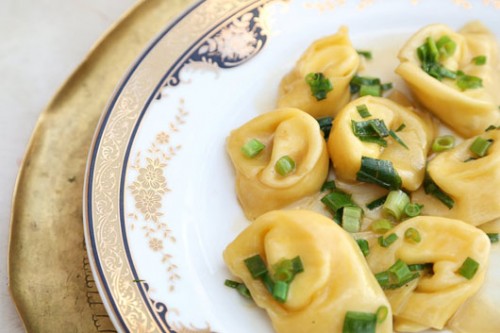Tourists’ Choice
We asked some of Israel’s most celebrated chefs which one of their dishes, without a doubt, has visitors coming back for more. Here is what they said:

The Table and The Dining Hall, Chef Omer Miller:
Grouper shawarma and ptitim risotto
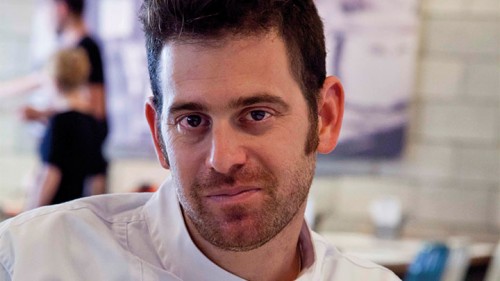
“Shawarma is a local staple that no tourist is unfamiliar with. At the Table, I’ve given it a contemporary and unique interpretation with fresh grouper (Locus) fish instead of the usual beef you’ll find in most shawarma joints. Our ptitim risotto is an interesting combination of a classic Italian option with Israeli raw materials – that create a powerful mixture for the palette.”
For more about The Dining Hall
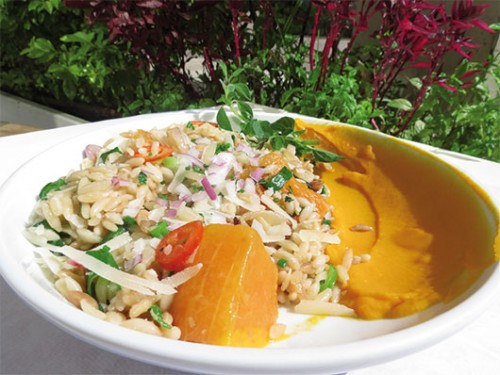
[tmwdfpad]
Rokach73, Chef Eyal Lavi:
Bouillabaise soup
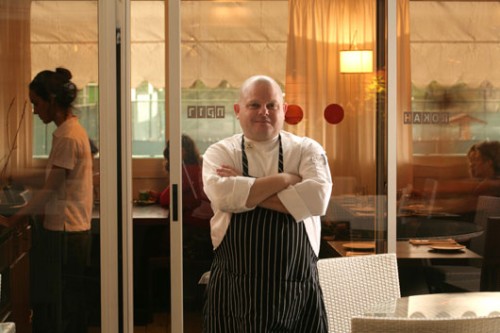
The Bouillabaise is a classic fish soup traditionally made by the fishermen in Marseille, France. In order to properly learn the secrets of its preparation, Chef Lavi traveled to southern France and wandered in the fish markets and between the various restaurants specializing in the broth. “Tourists often tell me that our Bouillabaise is more accurate and appetizing than the ones they’ve tasted in France. They all send their friends to try it for themselves.”
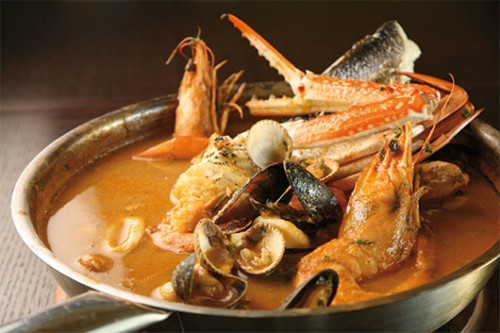
Night Kitchen, Chef Yoav Bliman:
Calamari a la plancha with fennel, spinach and labaneh

“Since Night Kitchen is a restaurant with an emphasis on menus for the latter parts of the day, most tourists come in for a late and unusual dinner. From the many various dishes on the menu, one stands out the most in terms of tourist popularity: the calamari a la plancha with fennel, spinach and fresh labaneh. The tourists, who are not yet used to the flavors of the local cuisine, are surprised to discover this rare combination of the labaneh’s delicate sourness and the seafood’s dominant flavor.”
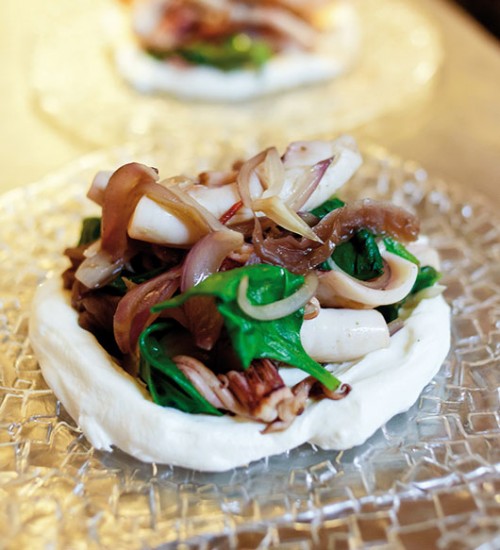
HaAchim, Chef Asaf Doctor:
Lamb siniyeh

“The lamb siniyeh is a rich dish in which various vegetables such as eggplant, tomatoes and onions are roasted alongside lamb, creamed tahini, parsley and pine nuts. Besides its delicious taste, the tourists always talk about how the dish is light, thanks to the vegetables, but at the same time doesn’t leave you hungry, thanks to the lamb. This allows them to enjoy a meat-based main course without the heavy feeling which often accompanies a large meat serving. In addition, they like the fact that the tahini is warm and creamy and not served as a cold dip as usual. This gives the dish an added surprise twist.”
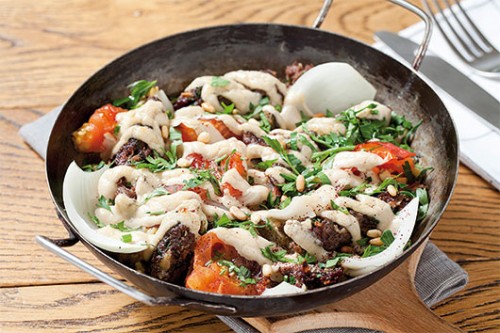
Adora, Chef Avi Biton:
Charred eggplant falafel
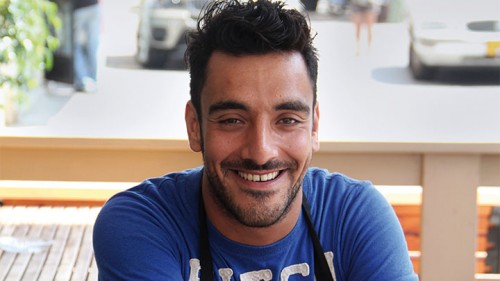
“The charred eggplant falafel is without a doubt the year’s most popular dish among tourists. It is something which I invented a few years ago, in which I’ve created a new twist for the familiar falafel. Instead of using the usual ingredients, chickpeas and parsley, Adora’s falafel contains grilled eggplant, fresh herbs and parmesan cheese. Many tourists have pointed out that our falafel is much more delicate than the ones they encounter at street stalls, and said they loved the combination of eggplant and parmesan. I guess after you eat so much so-called authentic food as a visitor, you have to look for a fresh new angle on it.”
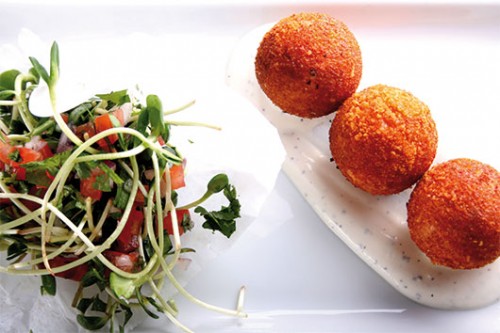
Topolopompo, Chef Avi Conforti:
Pumpkin saku sai – tapioca pumpkin dumplings
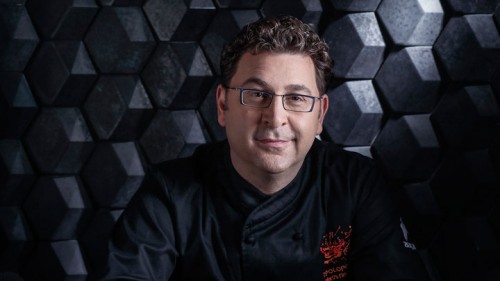
Saku sai are tapioca dumplings usually eaten next to lettuce leafs, fresh coriander and spicy chilli. This street snack originated in the ancient cuisine of South-East Asia, where it was made the perfect size to be eaten in one bite. Its name comes from Thai and it connotes the raw material and the cooking technique, Saku meaning ‘tapioca’ and Sai meaning ‘stuffed’.
These dumplings are a classic crowd favorite. “There’s no doubt that all of my customers love this dish. It connects the magic of the Far East with the unique spirit of the Middle East in a very unusual way.”
For more about Tompolompo Restaurant
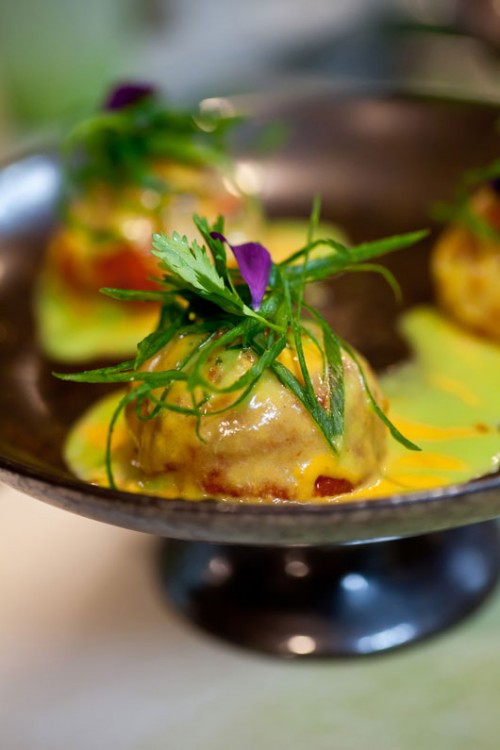
Cordelia, Chef Nir Zook:
Tortellini in egg-yolk dough
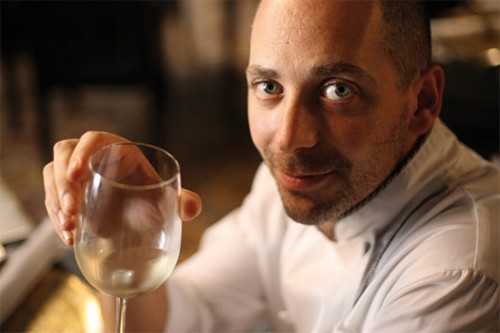
“Home made pasta, in whatever shape and size, has always been considered a beloved, comforting food. The best thing you can do with these carbs is add vegetables – straight from nature. The carefully home-made dough and the brilliant stuffing breeds a whole new cuisine experience that tastes like victory. What makes this dish extraordinary is the mix of seemingly simple pasta dough and luxurious filling – the mysterious, dark and noble truffle. It’s a real winner. “There is something genuinely universal about pasta, and here you get the chance to consume it with the luscious truffle filling. The dish is tasty, aromatic and simply melts in your mouth.”
